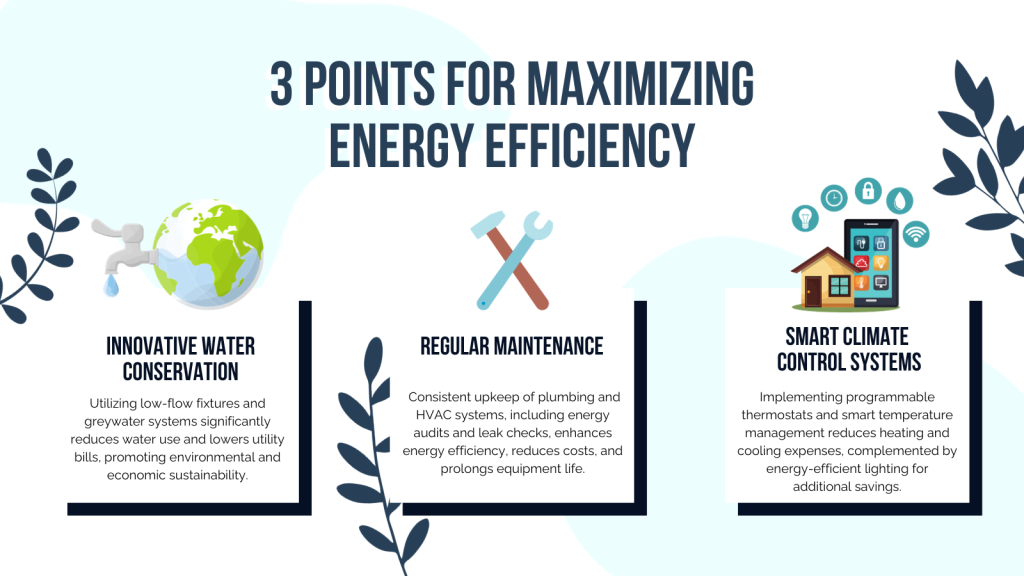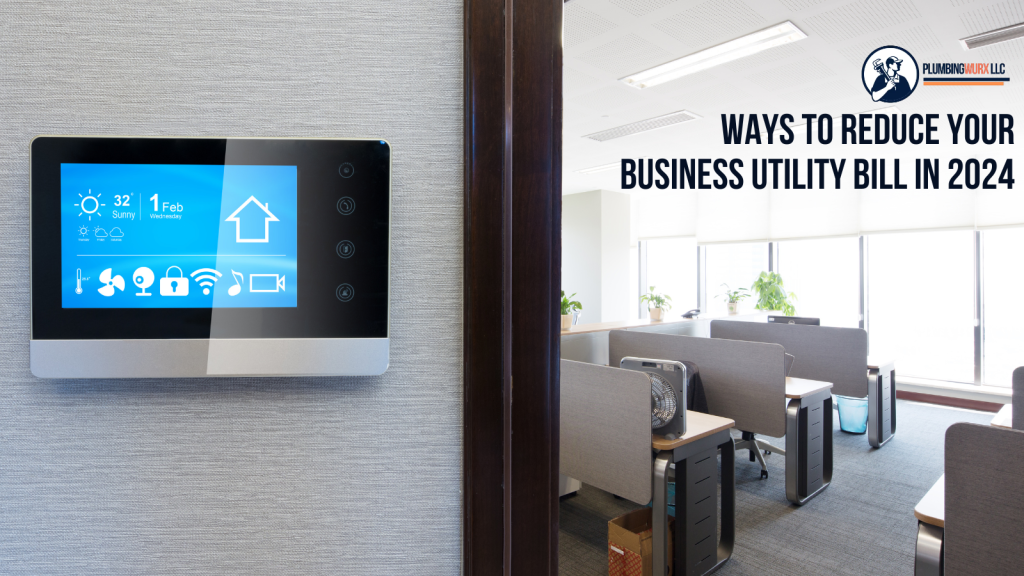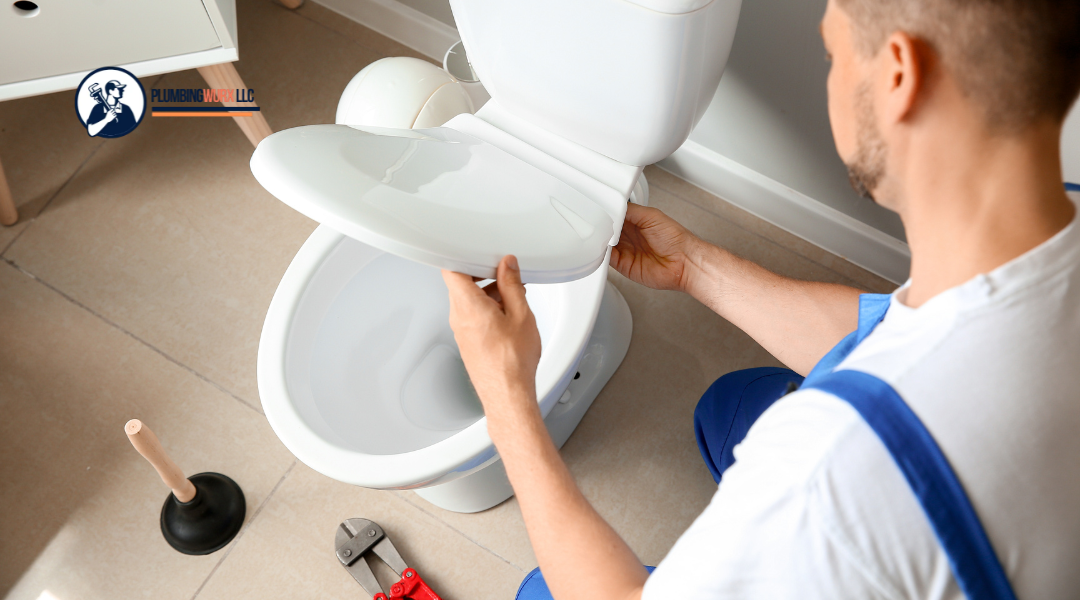As we step into 2024, businesses across the country are grappling with the ever-rising costs of utilities.
Nowadays every penny counts and sustainability is more than just a buzzword, so finding effective strategies to reduce utility bills is not just smart management—it’s essential.
Whether you’re a small startup or a large corporation, cutting down on utility expenses can have a significant impact on your bottom line.
Let’s explore three innovative and practical ways to reduce your business’s utility bill. From embracing cutting-edge technologies to simple, everyday changes in your workplace, these strategies are tailored to help businesses of all sizes achieve greater efficiency and cost savings.
Understanding Your Utility Bill Costs: A Business Necessity
In today’s competitive business landscape, comprehending the nuances of your utility bill is not just beneficial, it’s a necessity.
For many businesses, utility expenses represent a significant portion of monthly overheads, and they can fluctuate greatly based on usage, tariffs, and external factors.
Understanding your utility bill involves more than just looking at the bottom line; it’s about dissecting each component—be it electricity, water, gas, or waste disposal.
This means analyzing usage patterns, identifying peak periods, and being aware of the various charges and tariffs applied. By gaining a thorough understanding of these elements, businesses can not only spot inconsistencies and errors but also uncover opportunities for cost-saving measures.
This knowledge empowers businesses to negotiate better rates, adjust usage during peak times, and invest in energy-efficient solutions, all of which contribute to a more sustainable and cost-effective operation.
Energy, Water, and Waste: Understanding Your Charges
The average utility cost for businesses varies widely depending on the industry, size of the operation, and geographic location. In 2023, in the United States, small businesses could expect to spend anywhere from $2,000 to $3,000 per year on electricity alone.
Water costs often range between $500 and $2,500 annually, depending on usage and local rates. Waste removal expenses are typically around $500 to $1,000 per year, though this can increase significantly for businesses that generate more waste. It’s important to note that these figures are averages and can vary.
Businesses in regions with higher utility rates or those that operate in energy-intensive industries may see substantially higher costs.
Keeping abreast of these averages helps businesses benchmark their expenses and identify areas where they might be able to cut costs.
Maximizing Efficiency: Key Strategies for 2024

Whether your company operates out of large-scale commercial buildings or you are a small business with fewer square feet these key strategies are key to optimizing energy efficiency.
1. Innovative Water Conservation Techniques
Implementing low-flow fixtures and smart irrigation systems can drastically cut down on water usage, impacting the average utility cost positively.
Advanced technologies like greywater recycling systems also contribute to significant savings in utility expenses. By reducing the consumption of cold and hot water in everyday operations, businesses not only save money but also contribute to environmental sustainability.
Adopting these techniques ensures that your energy bill reflects a more efficient use of resources, setting a standard in energy usage for commercial entities.
2. Regular Maintenance: The Key to Energy Efficiency
One of the most effective ways to keep energy costs in check is through regular maintenance of plumbing and HVAC systems.
A routine energy audit can reveal inefficiencies that, when addressed, lead to substantial reductions in your energy bill and total utility costs.
For instance, ensuring that no hot air escapes from your heating system in winter and no cold air in summer can dramatically reduce energy consumption.
Regularly changing filters, checking for leaks, and ensuring that all systems are operating at peak efficiency are simple yet effective steps.
This proactive approach not only cuts down on energy costs but also prolongs the lifespan of your equipment.
3. Implementing Smart Climate Control Systems
The adoption of smart climate control systems is a savvy move for any commercial building looking to optimize its energy usage.
These systems allow for precise control over indoor temperatures, significantly reducing unnecessary heating or cooling and therefore, reducing utility expenses.
Implementing programmable thermostats also allows for better control of heating and air conditioning, ensuring that these systems are used efficiently.
By adjusting the settings for off peak hours and periods when the building is unoccupied, businesses can significantly reduce their energy consumption.
By integrating these systems with LED lighting and energy-efficient appliances, businesses can create an environment that uses energy more effectively. LED light bulbs, for example, consume significantly less electricity compared to traditional bulbs, directly impacting the electric bill.
Smart systems not only provide a more comfortable environment but also offer detailed energy information, aiding in the management of all your utility bills and helping to save money.

Start Saving On Your Bills Now!
Are you ready to slash your utility bills and boost your energy efficiency in 2024? Look no further! At PlumbingWurx and Electrical, we specialize in turning your energy-saving goals into reality. With our expertise in cutting-edge plumbing and electrical solutions, we’re here to guide you every step of the way.
Don’t let your utility bills become burdensome! Contact us today at (301) 264-7577 or visit us at 1101 Opal Ct, Hagerstown, MD 21740. We’re a family-owned business and pride ourselves on our top-notch expertise and customer service.












0 Comments